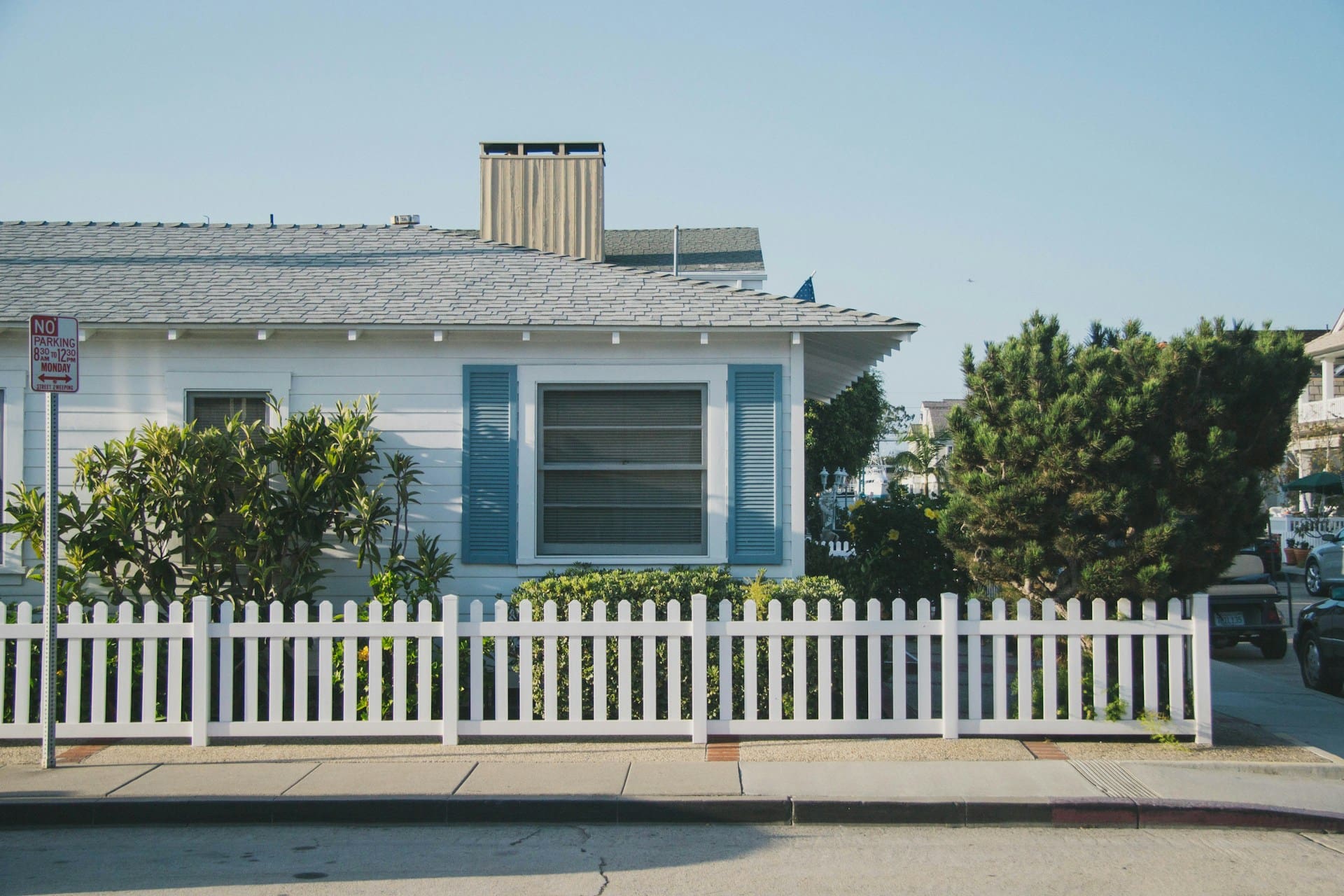Understanding the Best Weather Conditions for Fence Painting Projects

Painting a fence is more than just picking a color and grabbing a brush. The weather plays a crucial role in how well the paint adheres and lasts. Different weather conditions can greatly impact the outcome of your fence painting project. Understanding these factors can save time, money, and effort, while ensuring a beautiful and durable finish.
Temperature, humidity, and wind are key weather elements to consider. Ideal painting conditions typically fall within a certain temperature range and humidity level, while avoiding windy days that can lead to uneven application and faster drying times. Painting during the wrong weather conditions can result in peeling, cracking, and other issues that undermine the lifespan of the paint job.
Carefully planning your project around favorable weather conditions is essential. This involves analyzing seasonal benefits, like the consistent temperatures of spring and the rapid drying times in summer. Utilizing modern weather forecasting tools can also help you choose the best days for painting. By being mindful of weather, you can achieve a long-lasting, professional-looking fence that enhances your property’s curb appeal.
Factors That Affect Fence Painting
Temperature and Its Impact
Temperature plays a critical role in the success of a fence painting project. Ideally, you should paint when the temperature is between 50°F and 85°F. Paint can struggle to adhere properly in either too hot or too cold conditions. If it’s too hot, the paint might dry too fast, leading to an uneven finish. On the other hand, if it’s too cold, the paint can take forever to dry and may not cure correctly. Both scenarios can cause the paint to peel or blister over time.
Humidity Levels
Humidity is another vital factor that affects the outcome of fence painting. High humidity levels can make the paint take longer to dry, which increases the chances of dripping and uneven application. Conversely, very low humidity can cause the paint to dry too quickly, impairing its ability to form a solid, durable layer. A relative humidity level of around 40-70% is generally considered optimal for painting. By checking humidity levels beforehand, you can ensure better adherence and longevity of the paint.
Wind Conditions
Wind can also significantly influence your painting project. Strong winds can blow dirt and debris onto the freshly painted surface, leading to imperfections. Additionally, wind can accelerate the drying process, resulting in an uneven finish. It’s best to choose a calm day for painting to avoid these issues. If wind is unavoidable, consider setting up windbreaks or working on a section of the fence that’s sheltered from the wind. This can help maintain the quality of your paint job and ensure a smooth, consistent finish.
Ideal Seasons for Fence Painting Projects
Benefits of Spring Painting
Spring is an ideal time for fence painting due to its mild temperatures and moderate humidity levels. The weather is generally stable, which means fewer delays caused by sudden weather changes. Trees and plants are blooming, adding to the aesthetic appeal of your freshly painted fence. Painting in spring also prepares your fence for the harsh summer sun, providing an added layer of weather protection.
Summer Considerations
Summer offers longer daylight hours, allowing for extended working times. However, the high temperatures and humidity that often come with summer require careful planning. It’s best to paint in the early morning or late afternoon to avoid the peak heat of the day. Using paints specifically formulated for high temperatures can also help ensure a better finish. While summer can be challenging, it offers the advantage of quicker drying times, which can speed up project completion.
Fall as a Suitable Option
Fall is another excellent season for fence painting. The cooler temperatures and lower humidity create ideal conditions for paint adhesion and drying. Painting in the fall also prepares your fence to withstand the upcoming winter weather, protecting it from moisture and cold. Additionally, the vibrant fall colors make for a beautiful backdrop, enhancing the overall appearance of your freshly painted fence. Similar to spring, the stable weather during fall minimizes project delays and ensures a smoother painting process.
Weather Tools and Resources for Planning
Using Weather Apps to Schedule Painting
Weather apps are invaluable for planning a fence painting project. Apps like Weather Channel, AccuWeather, and WeatherBug offer real-time updates and long-term forecasts. These apps can predict temperature, humidity, and wind conditions, ensuring you pick the best days for painting. You can set alerts for specific weather conditions, helping you adjust plans if unexpected changes occur. Utilizing these digital tools can save time and ensure a smoother painting process.
Local Weather Stations and Forecasts
Local weather stations provide accurate and detailed forecasts specific to your area. Tuning into local news channels or visiting their websites can offer up-to-date information on weather patterns. These forecasts often have more precise data compared to broader national predictions. Some stations even provide specialized services for local businesses, offering tailored advice for outdoor projects like fence painting. By leveraging local sources, you can make more informed decisions about the timing of your project.
Online Resources for Detailed Weather Reports
Numerous online resources offer detailed weather reports to aid your planning. Websites like NOAA (National Oceanic and Atmospheric Administration) and Weather Underground provide extensive data, including historical weather trends. This information can help you identify the most suitable periods for painting based on past conditions. Online forums and homeowner communities also share valuable insights and tips, helping you navigate potential weather-related challenges. Using these online tools ensures you’re well-prepared for any weather scenario.
Tips for Successful Fence Painting in Various Weather Conditions
Preparing for Unexpected Weather Changes
Even with careful planning, weather can be unpredictable. It’s crucial to have a backup plan for sudden changes in weather. Keep plastic sheets or tarps on hand to cover the fence if it starts to rain unexpectedly. Monitoring the weather continuously during your project can help you take swift action when conditions change. Having a flexible schedule allows you to pause the project and resume when favorable conditions return, ensuring the paint job remains intact.
Techniques for Painting in Different Climates
Adapting your painting techniques based on the climate can make a significant difference in the results. In humid conditions, opt for paints with anti-mildew properties to prevent mold growth. In dry, hot climates, consider using slow-drying paint to avoid rapid evaporation. Applying paint in thin, even layers allows for better drying regardless of the climate. Using these tailored techniques helps achieve a smooth and durable finish, regardless of the weather conditions.
Safety Precautions and Best Practices
Safety should always be a priority when undertaking a painting project. Ensure you use ladders and other equipment properly and wear appropriate protective gear like masks and gloves. Avoid painting during extreme weather conditions, such as high winds or storms, to prevent accidents. Always follow the manufacturer’s instructions for the paint and tools you’re using. Employing these best practices ensures a safe and successful painting project.
Conclusion
Achieving a high-quality fence painting project involves more than just selecting the right paint and tools. Understanding the impact of weather conditions, choosing the ideal seasons, and leveraging weather tools are key to a successful outcome. By considering factors such as temperature, humidity, and wind, you can optimize the timing of your project to ensure durability and visual appeal.
Utilizing weather apps, local stations, and online resources provides essential information for planning. These tools help you adapt to unexpected changes and make informed decisions. Preparing for various weather conditions, employing specific techniques, and following safety precautions further enhance the quality and safety of your painting project.
Ready to elevate the appearance of your fence with a professional fence painting service? Contact Paint Boss GA today to schedule your project and ensure a stunning, long-lasting finish.

